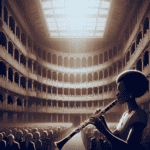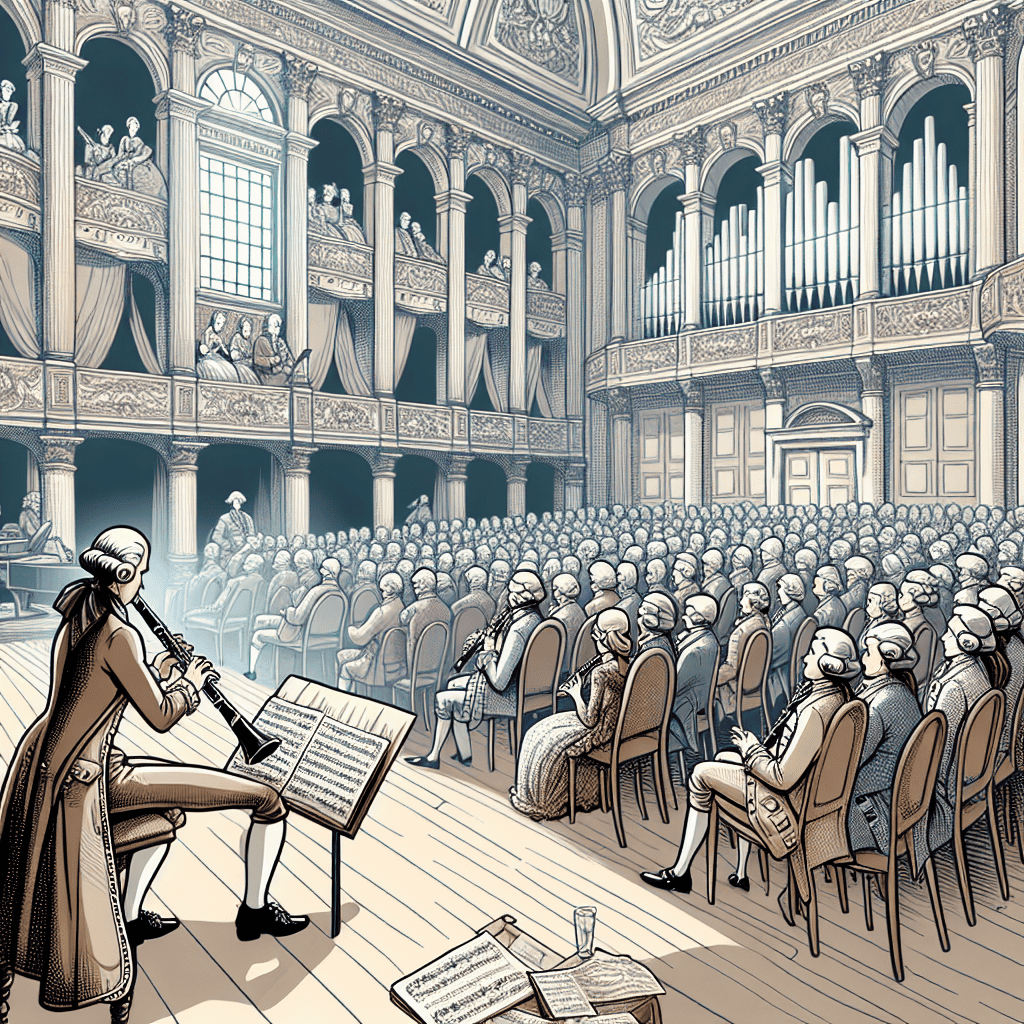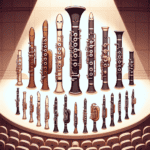The Classical Era Clarinet: A Musical Journey
The Classical era clarinet offers a fascinating glimpse into music history. With its warm, woody tone, the clarinet became an essential part of orchestras during this period. It's not surprising that renowned composers like Mozart created masterpieces specifically for this instrument. As we explore the Classical era, we'll see how the clarinet's role in music became both significant and transformative.
In those early days, the clarinet was a relatively new addition to the musical world. Its design was constantly evolving, laying the groundwork for the instruments we know and love today. During the Classical era, the clarinet made a remarkable transition from being primarily used in military bands to becoming a cherished member of the orchestral family.
Craftsmanship: The Key to Clarinet's Fame
Craftsmanship played a crucial role in the clarinet's rise to prominence. Martin Freres, a name associated with high-quality clarinets, was key in producing instruments that not only sounded excellent but also stood the test of time. These clarinets were known for their elegance and durability, much like the compositions they brought to life. If you ever come across a vintage Martin Freres clarinet, you're holding a piece of musical history!
The Magic of the Classical Era Clarinet
What made the Classical era so special for the clarinet? It comes down to its versatility and ability to blend with both string and wind instruments. Unlike other woodwinds, the clarinet could stand out among larger instruments, thanks to its wide dynamic range and capacity to move listeners with its expressive playing.
| Characteristic | Description |
|---|---|
| Tone | Warm and woody |
| Versatility | Blends well with strings and winds |
| Dynamic Range | Wide, allowing for expressive playing |
| Role | Transitioned from military bands to orchestras |
Imagine yourself in a grand concert hall, surrounded by the sounds of a Mozart Symphony. During the vibrant crescendos and soothing adagio sections, the clarinet's voice soars above the ensemble, captivating the audience. These moments define the essence of the Classical era clarinet. This period wasn't just about technical prowess; it was about bringing music closer to the heart, with the clarinet at the center of this movement.
Recreating the Sounds of the Golden Era
For those eager to recreate the sounds of this golden age, mastering the art of the clarinet is key. Begin by choosing the right equipment – authentic reed choices and a well-crafted mouthpiece can significantly impact your sound. Dedicate time to practicing each piece, focusing on breath control and varying your dynamics to match the flow of Classical-era compositions.
The Past's Influence on the Present
It's fascinating to consider how the past shapes our present musical experiences. By understanding the techniques used during the Classical era, you can not only improve your playing but also gain a deeper appreciation for the music. Picture yourself poring over old manuscripts, trying to uncover the intentions behind each note. It's like assembling a musical puzzle where every piece is significant.
Modern Clarinetists and Classical Style
For today's clarinetists, embracing the Classical era style goes beyond simply replicating a sound. It's about embarking on a journey through time, experiencing the evolution of music from within. The clarinet opens up a world of subtle emotions and nuances, making each performance an opportunity to connect with audiences, much like musicians of the past did.
Conclusion
As you listen to the complex rhythms of a Classical symphony, take a moment to appreciate the clarinet's role in shaping the music. Whether you play a Martin Freres or another respected brand, the passion and legacy of the Classical era continue through every note you play. Embrace the history, perfect your techniques, and let the enduring sound of the clarinet inspire your musical journey.







